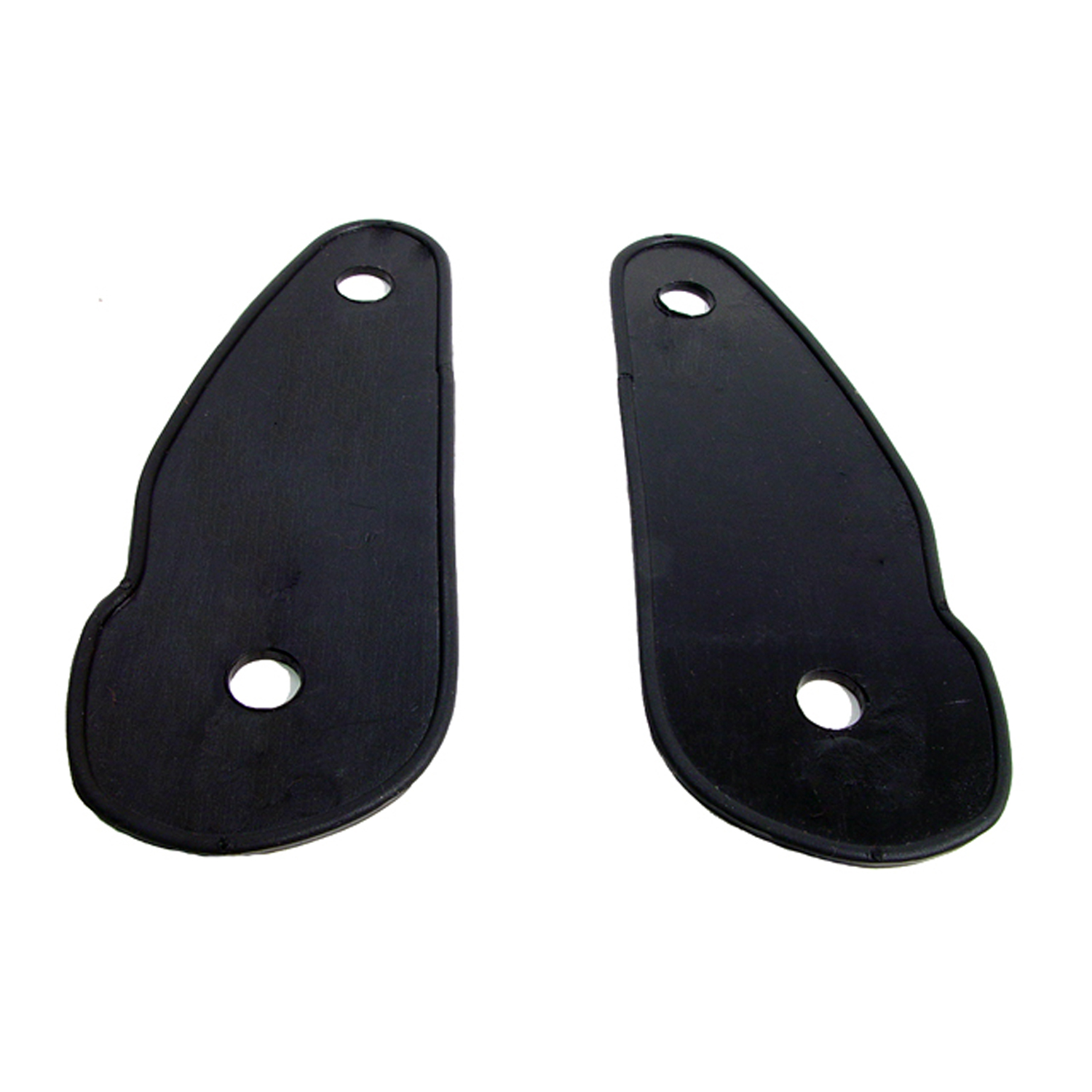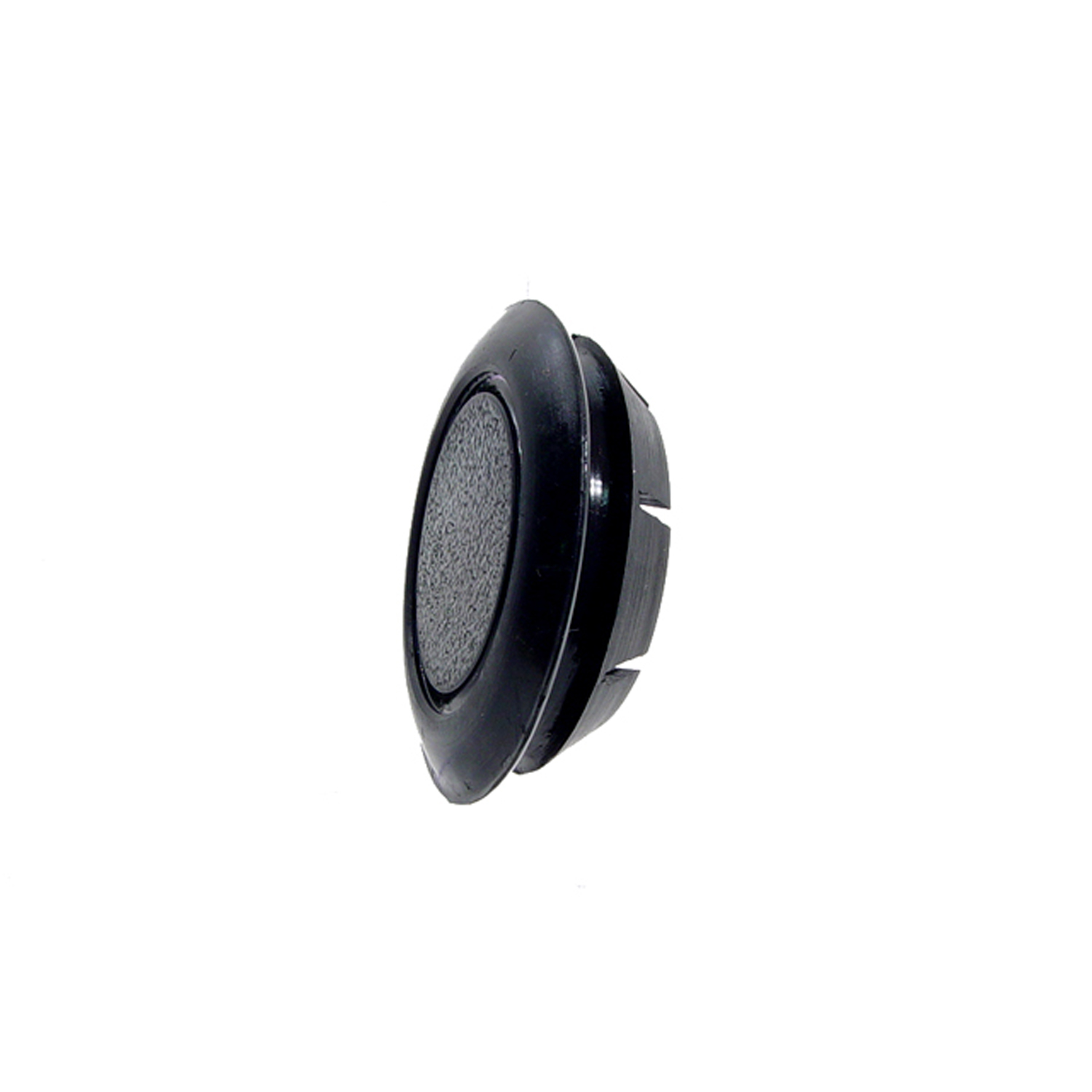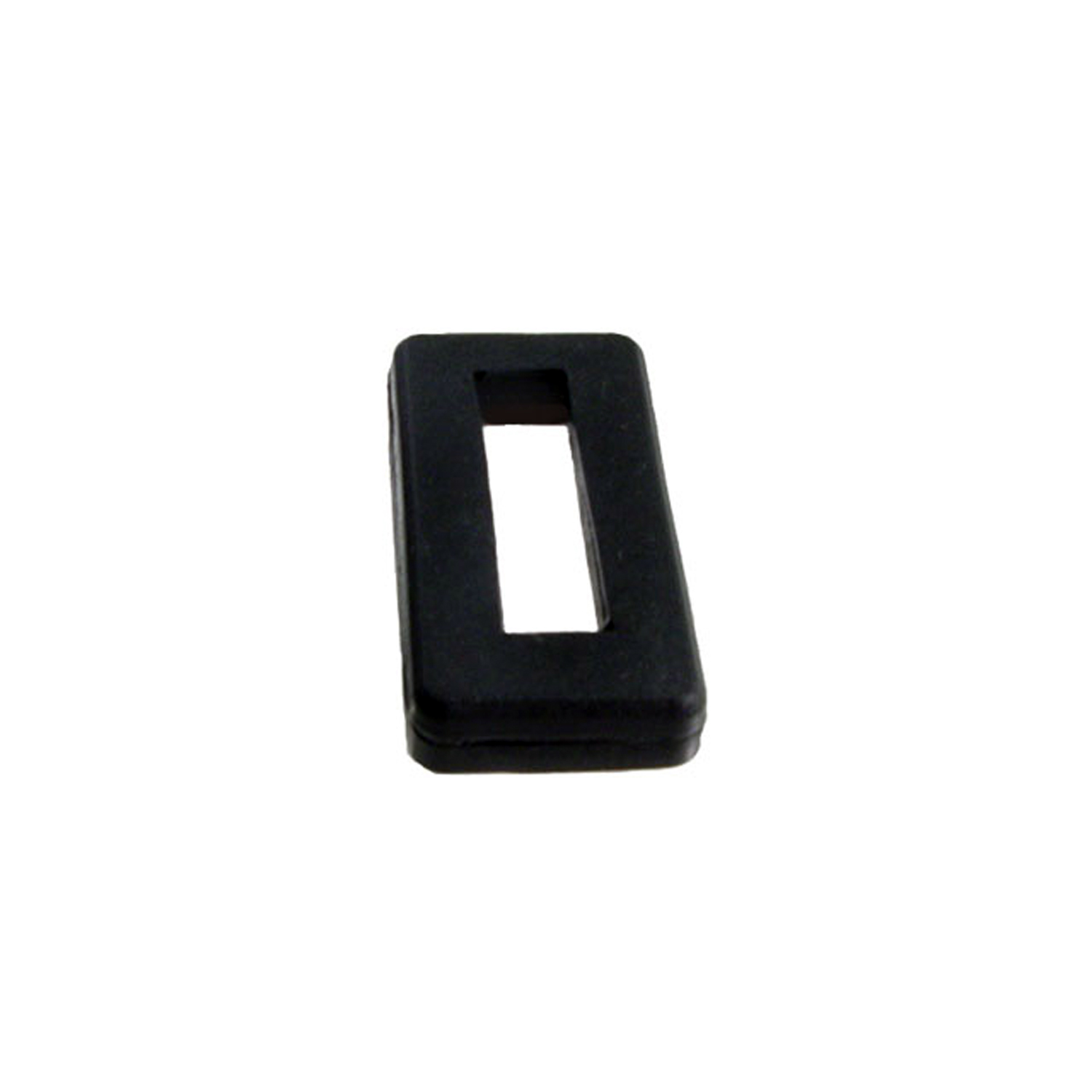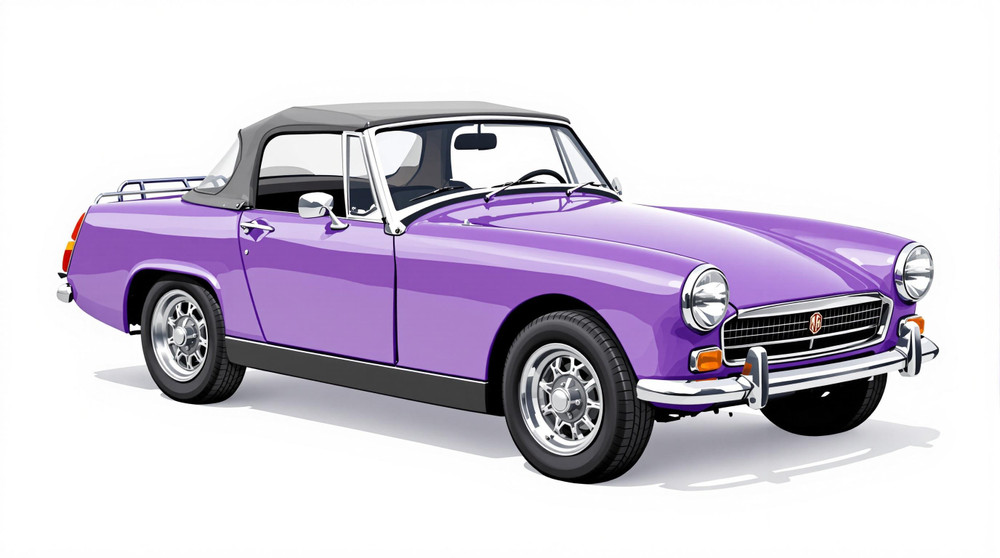Image of 1971 Mg Midget, Note: These illustrations use artistic license and may differ from actual historical models.
Performance Metrics
Fundamental Metrics
Emotional Appeal
MMP Rating
| Engine Specifications | |
|---|---|
| Engine: | 1.3L 4-cylinder |
| Displacement: | 1275cc |
| Horsepower: | 65hp |
| Torque: | 72 lb-ft |
| Compression Ratio: | 8.8:1 |
| Ignition System: | Electronic Ignition |
| Cooling System: | Water-cooled |
| Performance Specifications | |
| 0-60 Time: | 13.0 seconds |
| 1/4 Mile Time: | 18.3 seconds |
| Top Speed: | 100 mph |
| Transmission and Drive | |
| Drive Type: | RWD (Rear Wheel Drive) |
| Transmission Type: | 4-speed manual |
| Fuel and Efficiency | |
| Fuel System Type: | Carburetor |
| MPG: | 30-35 mpg |
| Dimensions and Brakes | |
| Brakes: | Front disc brakes and rear drum brakes |
| Wheelbase: | 80.0 inches |
| Weight: | 1,620 lbs |
Note: Specifications for classic cars are given to the best of our ability, considering the limited and variant data available.
Introduction
The 1971 MG Midget is a testament to British automotive engineering, a small roadster that captured the hearts of driving enthusiasts with its charm and nimbleness. Born from the collaboration between MG Car Company and its parent corporation, British Motor Corporation (BMC), this little machine was part of a lineage that brought sports car thrills to the masses. Its significance lies not just in its design but also in its role in popularizing the small sports car segment across the globe. One intriguing fact about the Midget is its role in rallying, where it punched well above its weight class, taking on and often besting larger and more powerful competitors.
Design and Innovation
The exterior of the 1971 MG Midget was characterized by its rounded curves, chrome accents, and a classic long hood with a short rear deck design that was quintessentially British. Inside, the cabin featured a no-frills approach with an emphasis on driver engagement over luxury. Materials were modest but functional, with an array of Smiths gauges providing vital information at a glance. Technologically, the Midget wasn't cutting-edge but focused on delivering a pure driving experience. Color options ranged from vibrant reds to subtle greens, with British Racing Green being a particularly popular choice among enthusiasts. The roadster body style was iconic, often paired with wire wheels and occasionally seen with a removable hardtop option.
Historical Significance
The MG Midget's impact on automotive design was significant in demonstrating that sports cars could be compact, affordable, and immensely fun. It stood apart from contemporaries by offering an almost unrivaled balance of performance and accessibility, which has left a lasting influence on how small sports cars are perceived even today.
Performance and Handling
With its modest 1.3-liter engine, the 1971 MG Midget's performance was more about agility than raw speed, boasting a top speed around 90 mph and capable of reaching 0-60 mph in under 13 seconds. Handling was where the Midget shone; it tackled corners with eagerness thanks to its lightweight construction and responsive steering. The driving experience was visceral – every rev of the engine could be felt, every shift of the four-speed manual gearbox required precision, making for an engaging drive that connected man and machine.
Ownership Experience
The MG Midget was as versatile as it was charming – equally at home on winding country roads as it was on display at local car shows or even participating in amateur racing events. Maintenance and reliability were typical for British sports cars of the era; straightforward mechanicals meant ease of repair for those willing to wield a wrench. However, owners should be prepared for the quirks that come with classic car ownership.
Fun Facts
Among MG Midget enthusiasts are tales of rare editions like the MkIII with round wheel arches or special editions like those tuned by John Cooper. Celebrity ownerships have added to its allure, while its appearance in media has cemented its pop culture status. Despite criticisms over time regarding power output or creature comforts, the Midget remains beloved by many.
Collector's Information
The current value range for collectors can vary widely based on condition, originality, and provenance – from around $5,000 for a project car to upwards of $15,000 or more for pristine examples. With production numbers in the tens of thousands across all years, rarity is moderate but finding one in excellent condition can be challenging. Price trends suggest that well-maintained models have slowly appreciated over time as interest in classic cars remains strong.
Conclusion
The 1971 MG Midget encapsulates an era when joy behind the wheel wasn't measured purely by speed or luxury but by character and connection to the road. It remains an endearing classic that continues to offer an affordable entry into vintage motoring while promising an ownership experience filled with personality and charm.
1971 Mg Midget Catalog of Parts
 1971 MG Midget Windshield Post Pads. 2-1/8" wide X 5-3/8" long. Pair-MP 111-RWindshield Post Pads. 2-1/8" wide X 5-3/8" long. Pair
1971 MG Midget Windshield Post Pads. 2-1/8" wide X 5-3/8" long. Pair-MP 111-RWindshield Post Pads. 2-1/8" wide X 5-3/8" long. Pair 1971 MG Midget Jack Socket Plug. Fits 1-1/2" hole. 1-1/4" I.D. Each-RP 90-BJack Socket Plug. Fits 1-1/2" hole. 1-1/4" I.D. Each
1971 MG Midget Jack Socket Plug. Fits 1-1/2" hole. 1-1/4" I.D. Each-RP 90-BJack Socket Plug. Fits 1-1/2" hole. 1-1/4" I.D. Each 1971 MG Midget Grille Shell Grommet. 2" X 1" X 5/16" Thick. Each-SM 7Grille Shell Grommet. 2" X 1" X 5/16" Thick. Each
1971 MG Midget Grille Shell Grommet. 2" X 1" X 5/16" Thick. Each-SM 7Grille Shell Grommet. 2" X 1" X 5/16" Thick. EachWhy Choose Metro?
For over 100 years, Metro Moulded Parts has been the pinnacle of quality in classic car restoration parts. Our commitment to precision and authenticity in every component ensures a perfect fit and an OEM-level appearance.
- Expert Craftsmanship & Quality: Each part is a testament to our dedication to reliability and perfection, crafted from original designs and thoroughly tested.
- Advanced Technology: We use cutting-edge techniques to create flawless, long-lasting parts that surpass others in performance.
- SuperSoft Sponge – The Ultimate Door Seal: Not only are our door seals 30% softer than competitors', but they're also guaranteed to never leak. They effectively reduce wind and road noise, enhancing your classic car's comfort and driving experience.
- Proudly American: Our parts are a product of American craftsmanship, made in the USA with a spirit of excellence and heritage.
- Unrivaled Warranty: We back our products with a 30-year industry-leading warranty, a testament to our confidence in their quality.
Join us in preserving the legacy of classic cars with parts that are crafted for perfection, not just made.

